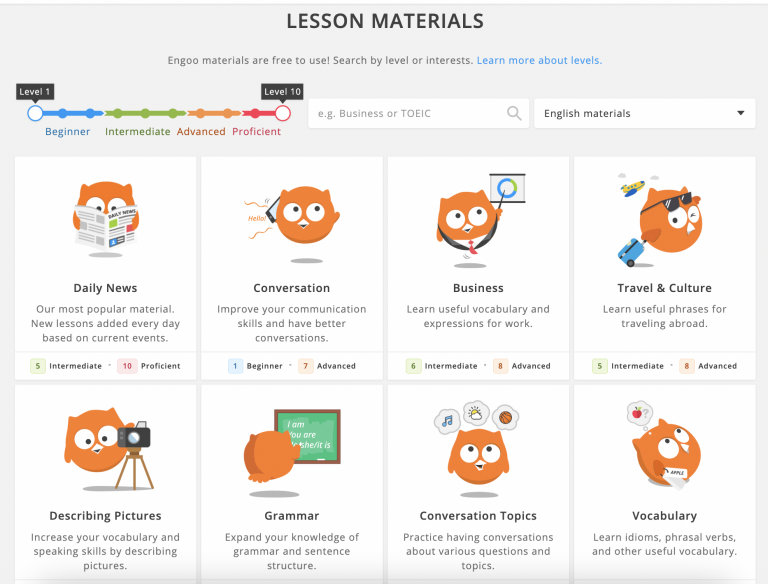
Teaching online can be a rewarding yet challenging experience, especially when faced with rude or bored students. Understanding how to effectively engage these students is crucial for a successful learning environment. In this blog post, we’ll explore practical strategies to handle rude and bored young learners, ensuring that you maintain professionalism and create a positive classroom dynamic.
Understanding Rude Students
Rude students often exhibit behavior that is disrespectful or dismissive. They may interrupt you during lessons, challenge your authority, or display a know-it-all attitude. Recognizing these behaviors is the first step in effectively managing them.
Identifying Rude Behavior
- Interrupting while you speak
- Using sarcasm or dismissive language
- Challenging your authority or knowledge
These behaviors can be frustrating, but it’s essential to remember that rudeness often stems from a lack of respect or understanding of classroom etiquette. As educators, we must adapt our teaching strategies to address these behaviors without compromising our professionalism.

Strategies for Dealing with Rude Students
When faced with a rude student, it’s vital to maintain your composure and respond in a way that encourages respect and understanding. Here are some effective strategies:
1. Maintain Professionalism
Your demeanor should remain calm and neutral, even when dealing with rudeness. Concealing your emotions and avoiding confrontation is key. For example, if a student interrupts you, instead of engaging in an argument, simply acknowledge their input and redirect the conversation back to the lesson.
2. Brush Off Disrespect
It’s important not to dwell on rude comments. Instead, move on with the lesson as if the interruption didn’t happen. This approach reinforces the idea that such behavior is not acceptable without giving it attention.
3. Redirect the Focus
Shift the focus back to the material at hand. If a student insists they know more than you, acknowledge their knowledge but guide them back to the topic. For example, if they challenge a grammar point, validate their input but emphasize the lesson’s objectives.
4. Set Clear Expectations
At the beginning of the course, establish clear guidelines for respectful communication. Make sure students understand the importance of listening and engaging appropriately during lessons. Consistently remind them of these expectations throughout the course. If you are teaching young learners, ask parents to supervize their child and enforce your classroom rules in a supportive way.
5. Use Positive Reinforcement
When students display respectful behavior, acknowledge it. Compliment them on their participation or insights. This encourages a positive classroom atmosphere and reinforces the behavior you want to see.
Handling Bored Students
Boredom can be just as challenging as rudeness. When students appear disengaged, it can feel like an uphill battle to keep their attention. However, there are effective strategies to re-engage these students:
1. Establish Rapport
Building a connection with your students is crucial. Take time to learn about their interests and incorporate them into lessons. For example, if a student loves sports, use sports-related examples to explain concepts.
2. Engage with Interactive Activities
Instead of sticking strictly to the lesson plan, incorporate interactive activities that encourage participation. Use games, discussions, or multimedia resources to make the class more engaging.
3. Offer Knowledge Extensions
Knowledge extensions allow you to introduce new concepts or interesting facts related to the lesson. For instance, if students are reading about emotions, discuss cultural differences in expressing feelings. This not only enriches their learning experience but also piques their interest.
4. Keep the Energy Up
Your energy can greatly impact student engagement. Even if students appear bored, your enthusiasm can be infectious. Use varied tones, gestures, and expressions to convey excitement about the material.
5. Allow for Student Input
Encourage students to share their thoughts and ideas. Create opportunities for them to ask questions or express their opinions. This not only fosters engagement but also gives them ownership of their learning.
Conclusion
Teaching rude or bored students requires patience, understanding, and effective strategies. By maintaining professionalism, establishing rapport, and engaging students actively, you can create a positive learning environment that fosters respect and enthusiasm. Remember, every student is unique, and adapting your approach to meet their needs is key to successful teaching.
Happy teaching!



